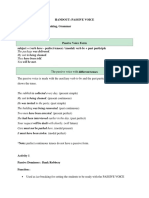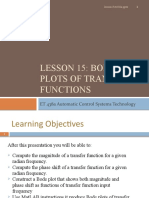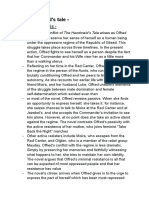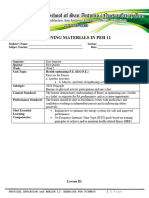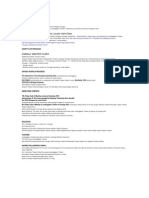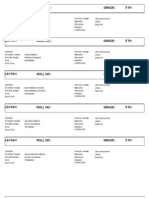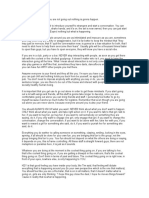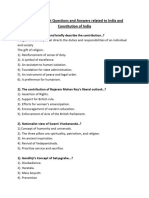0% found this document useful (0 votes)
193 views6 pagesScience, Lesson 1
The document invites Grade 7 students to explore the world of science through questioning, experimentation, and observation. It emphasizes the interconnectedness of various scientific fields and encourages students to engage with their environment to deepen their understanding of natural phenomena. The text also highlights the importance of curiosity and responsibility in scientific exploration, particularly in addressing environmental challenges.
Uploaded by
SUNIL RUNGTACopyright
© © All Rights Reserved
We take content rights seriously. If you suspect this is your content, claim it here.
Available Formats
Download as PDF, TXT or read online on Scribd
0% found this document useful (0 votes)
193 views6 pagesScience, Lesson 1
The document invites Grade 7 students to explore the world of science through questioning, experimentation, and observation. It emphasizes the interconnectedness of various scientific fields and encourages students to engage with their environment to deepen their understanding of natural phenomena. The text also highlights the importance of curiosity and responsibility in scientific exploration, particularly in addressing environmental challenges.
Uploaded by
SUNIL RUNGTACopyright
© © All Rights Reserved
We take content rights seriously. If you suspect this is your content, claim it here.
Available Formats
Download as PDF, TXT or read online on Scribd
/ 6




































































